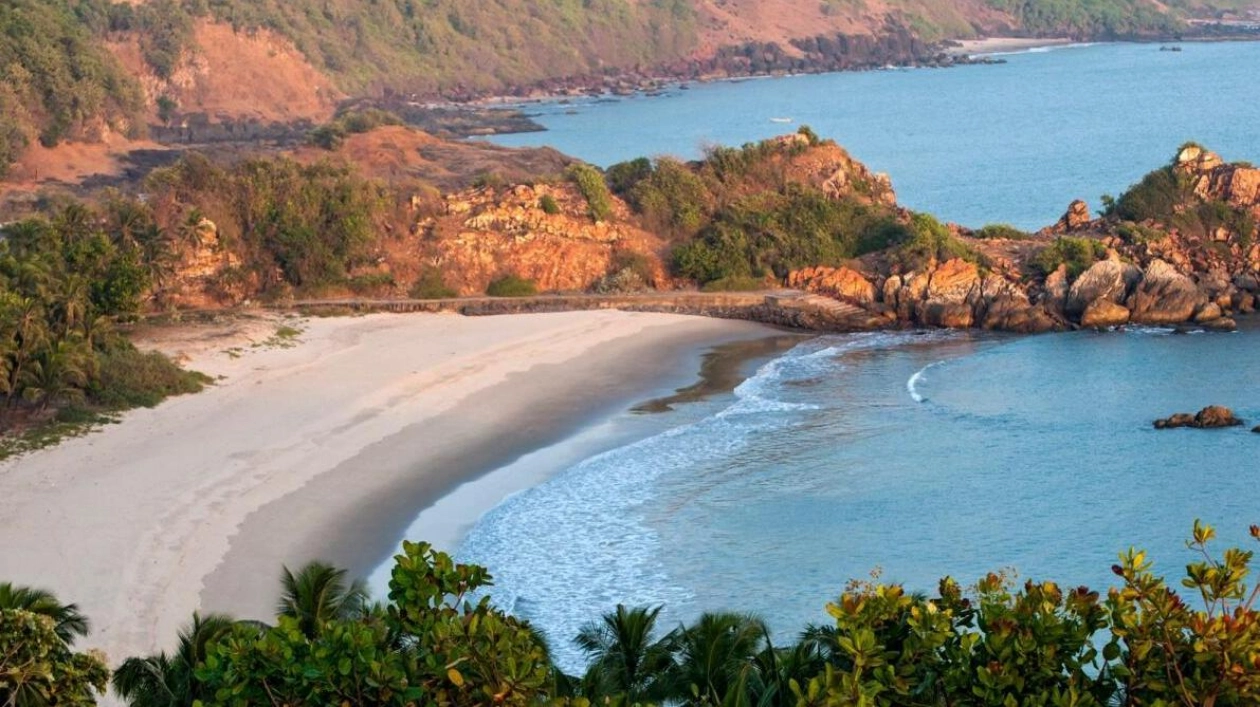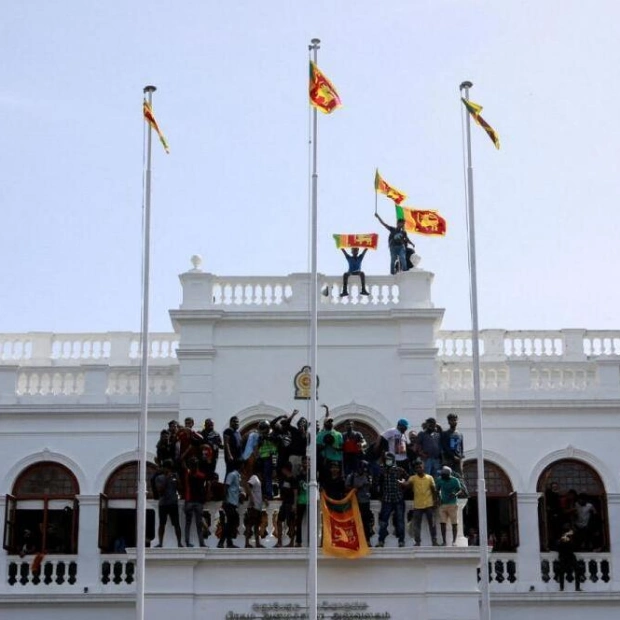Time has stealthily slipped by Sindhudurg, much like a thief moving silently on tiptoes. This paradise in India’s western state of Maharashtra has effectively evaded Father Time’s destructive clutches. Essentially a stretch of land nestled between the Western Ghats mountain range and the Arabian Sea, Sindhudurg lies north of vibrant Goa but feels worlds apart in spirit. Sindhudurg is not the flashy, tourist brochure type but rather a dreamscape… adorned with untouched sandy beaches, imposing forts rising from the sea, narrow country roads flanked by forests and mountain vistas, winding rivers, and towns brimming with mouth-watering local cuisine.
In the 17th century, the warrior-like Marathas established a vast empire in this region, but in modern times, Sindhudurg faded into obscurity. However, the discerning traveler, in search of destinations cloaked in untouched rustic charm, has now rediscovered Sindhudurg. Our journey of discovery began at the four-villa resort of Coco Shambhala, an eco-conscious luxury retreat nestled on a hilltop, just 200 meters from the crescent-shaped Bhogwe beach. The two-bedroom villas, perched on stilts, feature an open-sided living space where nature freely enters. Feathered visitors often perched on the edge of our private swimming pool, while the occasional paraglider skimmed the azure sky above. In harmony with the natural surroundings, the interiors of this enchanting retreat are adorned with hand-crafted coconut wood furniture, driftwood sculptures shaped by nature, and the soothing rustle of palm trees and wild vegetation that envelop the villas.
For those eager to immerse themselves in the local culture, Coco Shambhala serves as the perfect starting point for intriguing excursions—to the charming town of Malvan and onward to the formidable 17th-century fortress of Sindhudurg, which impresses with its sheer size. Its 9-meter-high walls, 3-meter-wide ramparts, and 42 bastions jut out of the ocean like a ghostly, abandoned galleon from a bygone maritime battle. Back at Coco Shambhala, nature wrapped us in a warm embrace as we savored local and international delicacies while observing the interplay of fading light on the blue ocean and the frothy surf beyond. Dolphin watching was on the agenda the next morning as we set sail in a traditional boat towards the confluence of the Karli river and the sea, framed by red and black cliffs.
In the evening, we climbed to the ruins of the centuries-old Nivti fort, built by Shivaji Maharaj, the Maratha warlord known for constructing magnificent, invincible forts. From its broken ramparts, we gazed down at the sun-warmed cove of Niviti to our left and the ocean pounding the craggy red cliffs to our right. As the sun dipped below the horizon, a breathtaking sunset captivated our imagination: was that shadow a ghostly figure from the past come to observe us?
Our moments of complete seclusion were interspersed with leisurely excursions to uncover the region’s charms. The next morning, we sailed to the Devgad peninsula, renowned for its lush Alphonso mango orchards. We met the affable Dada Samant, a mango grower and merchant who generously shares his bounty with tourists staying at his no-frills Aryavarta Beach Resort. The air was filled with the sweet fragrance of slowly ripening mangoes hanging plump and green from trees that climbed up the hill. The fruits seemed to burst with the sunny essence of this pristine land.
Ultimately, while the caramel-colored sands and forts with their unique charm are etched in our memories, what we cherish most are the heartwarming encounters with the locals and their profound love for their land. On a deserted beach, we met fishermen taking a break beside their ribbed boat after a morning at sea. They shared their brew with us and chatted about their lives. The simple breakfast we had in a local home, with a breezy courtyard and wrap-around verandah, channeled the sunny essence of Sindhudurg through our palates. We sat on mats on the floor, graciously served by the women of the family, while a 70-year-old grandmother stood by, smiling warmly.
Sindhudurg is accessible from Sindhudurg airport (also known as Chipi airport), Manohar International Airport in Goa, and Belagavi airport in Karnataka. It takes about an hour to reach Sindhudurg from the airport in Goa and over two hours from Belagavi. Accommodation options include home stays and guest houses, with Coco Shambhala standing out as a luxurious and sustainable choice.
Sindhudurg is dotted with numerous picturesque little shrines and temples nestled in secluded hamlets. These are serene sanctuaries where you might find a lone priest offering prayers to the presiding deity. Some have fascinating backstories—the Dev Vetoba temple in Parule village is dedicated to the king of ghosts, believed to patrol the settlement after sunset to protect residents from dark forces. Devotees offer a pair of brand-new, oversized sandals each evening, and legend has it that by morning, the sandals appear dusty and scuffed, as if worn by the visiting deity during his nightly rounds.
Guests at Coco Shambhala can participate in a pottery session with a local potter, learning to shape clay, or attend a cooking lesson to master the nuances of delectable Malvani cuisine. Malvani cuisine, typical of Sindhudurg, features hot and tangy curries (often with fish or prawns) that create a delightful interplay with the palate. Savoring it in a local home or at Coco Shambhala, where we enjoyed a leisurely Malvani meal, was a highlight. The meal included rava-fried fish coated with local spices and semolina, Ambotik curry with prawns and mango, seasonal vegetables infused with a home-cooked flavor, varan (a dish of lentils tossed with coconut and turmeric), local bread, and sol kadhi, a signature pink-colored appetizer made of kokum and coconut milk. Modak, a local dessert, provided a sweet finale.






